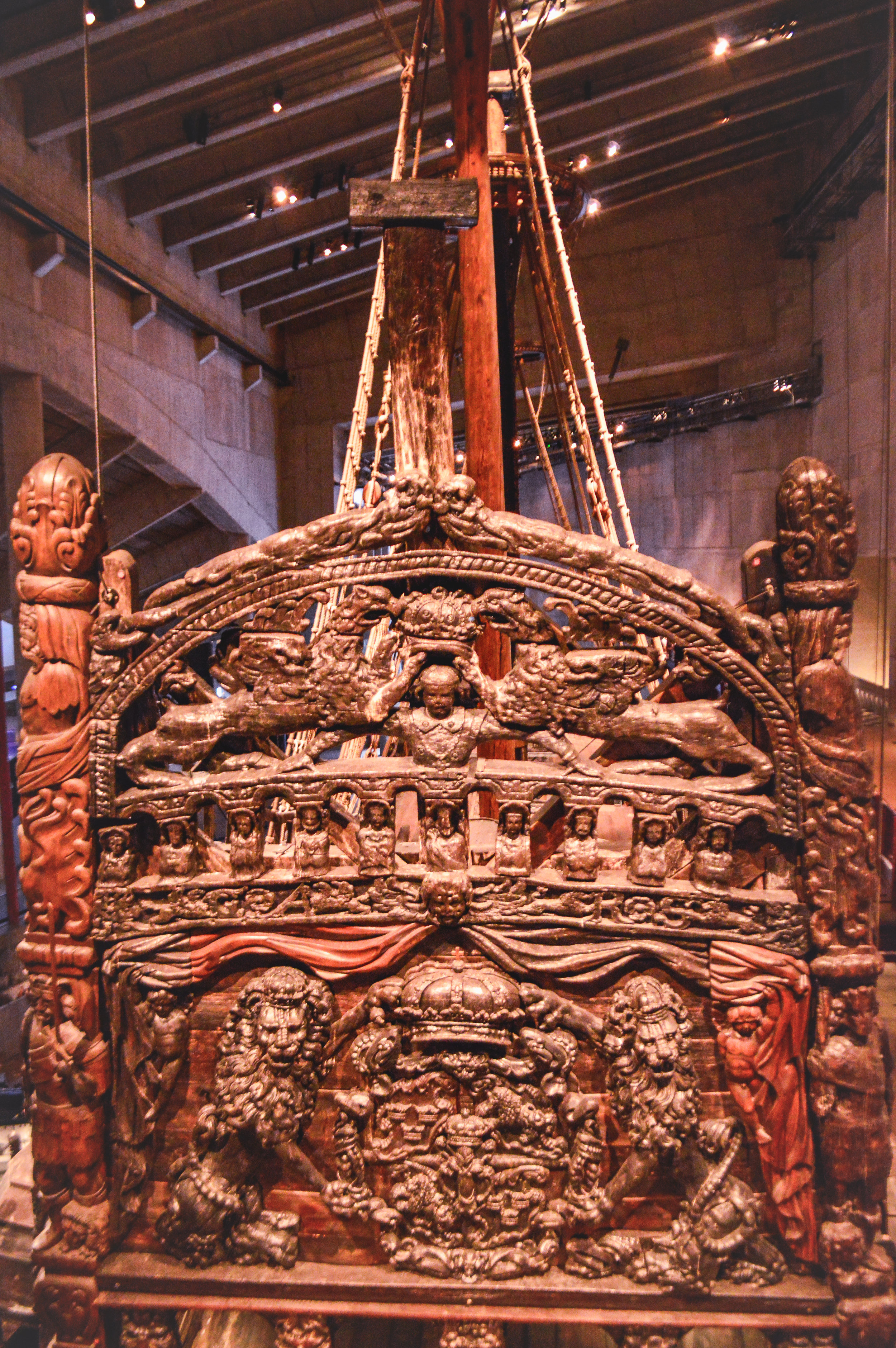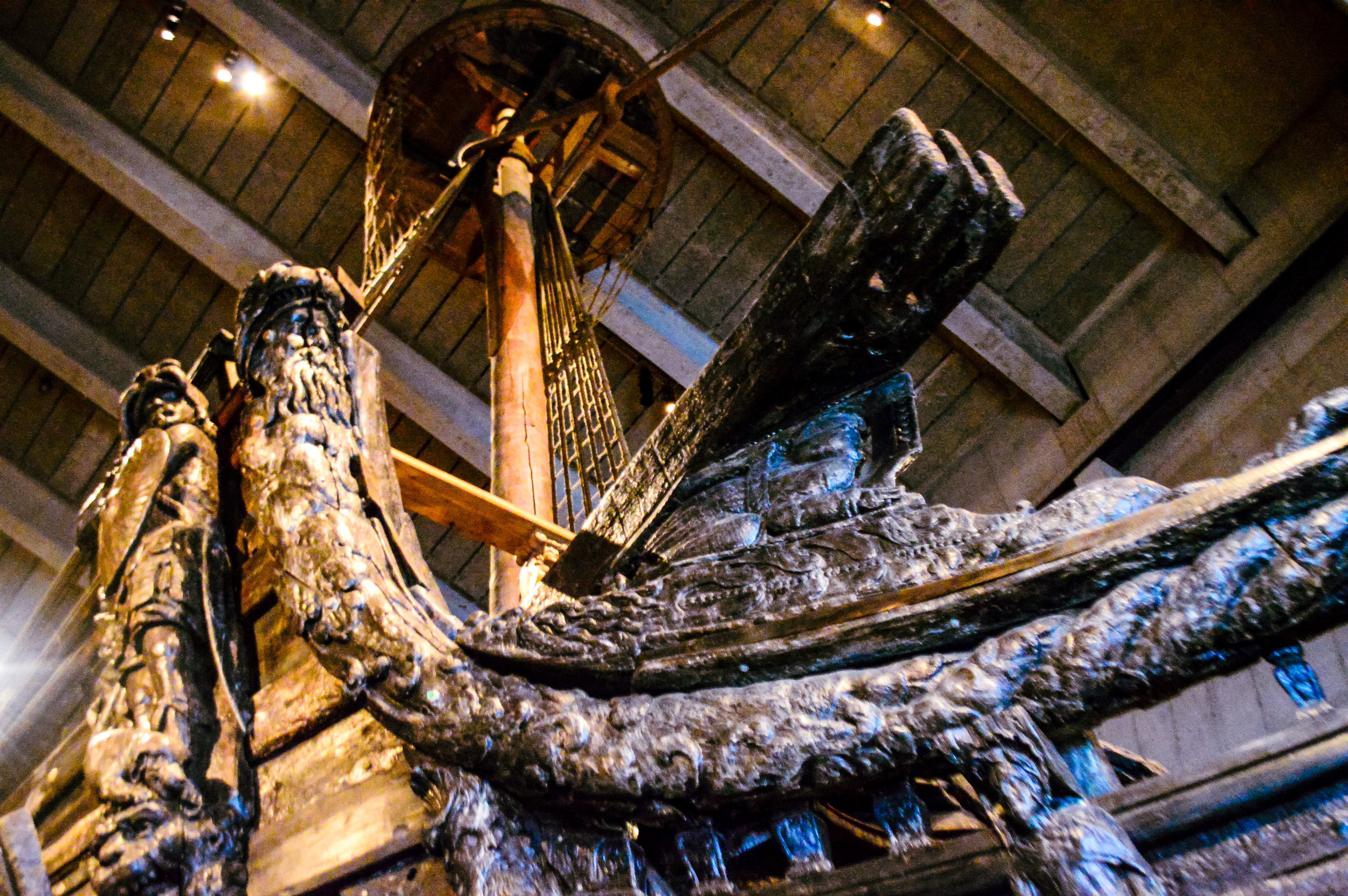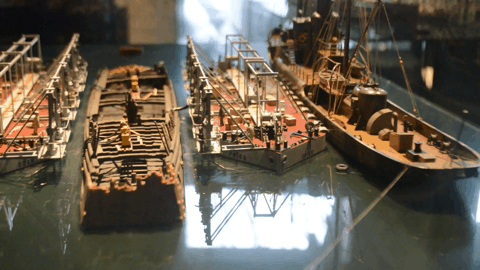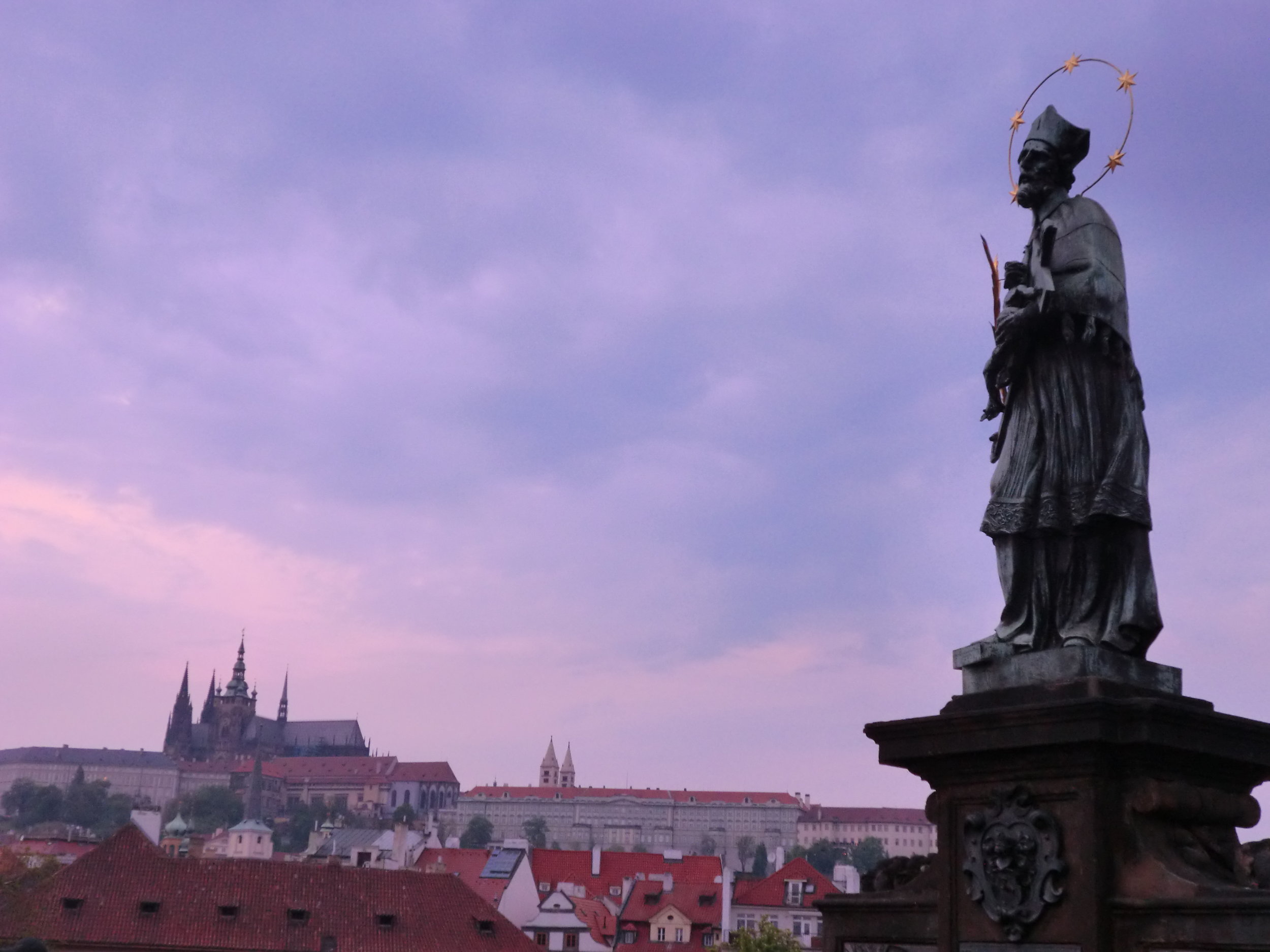Perfectly Preserved History in Stockholm, Sweden
I recently had the opportunity to go to Sweden to visit our Nordics headquarters which allowed one of my dreams to come true: seeing the Northern Lights! I figured this would make a pretty great birthday present to myself, so I went for it Even though this adventure was pricey, it is absolutely worth it. YOLO or something, right? So I started wandering the streets of Stockholm (basically island hopping because it's a massive archipelago) after my work was done and I found this magical place of perfectly preserved history.
Stepping into the Vasa Museum through the double set of doors will nearly knock you off your feet in wonder. Built right on the spot where it was moored after being recovered from the harbor floor 333 years after sinking, Vasa Museum boasts a once-in-a-lifetime opportunity to peek into the perfectly-preserved past.
A Day for the History Books
August 10th, 1628 was supposed to be a victorious day of revelry but went very quickly awry. Just 20 minutes and 1 km into its first sailing, the magnificent Vasa war vessel sank to the bottom of the Stockholm harbor, killing approximately 30 people within minutes. On board were sailors and captains, but also many family and friends who were allowed to be on board for the first part of the journey as a celebratory gesture. Once reaching an outlying island in the Swedish archipelago, they would've disembarked and 300 soldiers would've come on board. That changeover never happened, however, and tragedy replaced celebration.
A bit of background
So what was the Vasa ship even for? Well, let's back-track just a little bit to get some historical context. The 30 years war began in 1618 as a conflict between the Catholic and Protestant German princes, which then soon turned into a major power struggle in Europe. In 1630, Gustav II Adolf (King of Sweden at the time) landed in Germany with his army. Gustav's aggressive military policy made Sweden one of the major powers of Europe -keep in mind that Sweden only had 1 1/2 million inhabitants at the time! So essentially, this developed into a battle for the Baltic Sea because of its key estuaries and trading ports; in the early 17th century, Sweden was seemingly constantly at war with its neighbors Denmark, Poland, and Russia (hence the power struggle). During the 1620s, the main enemy was Poland but Lithuania was also involved.
The ship Vasa was commissioned by the Swedish king along with 3 others to Master Shipwright Henkrik Hybertsson. His idea was to have two gun decks and be an impressive show of Swedish strength on the sea. However, two gun decks had never been built before on such a vessel, so it was a bit of trial and error. Since they didn't really use architectural renderings for such a feat, it was Henrik who did the measurements, calculations and notes, which ended up being both trial AND error. During construction, Henrik passed away and his wife, Margarite, took over the project. In face, it wasn't uncommon to have women in business in Sweden during this time (go feminism!) so she successfully completed the ship for its first sailing, commanding the designers and shipbuilders all by herself. As it turns out, those two decks of cannons weren't really the issue, so it can't be said that the ship was too heavy. Scholars say that it was a mix of bad luck and error in design. When the Vasa sank, the two new builds in progress were immediately cancelled. The fourth ship's design was modified just slightly -one meter wider- and it sailed for a proud 30 years before intentionally being blown up at its retirement party.
““Perhaps such a power struggle called for being politically dramatic on your ship carvings since they didn’t have Twitter or covfefe.””
The Design and Remains
The design was and still is superb. Due to the brackish waters characteristic of that part of the Baltic, the wooden ship was perfectly in tact and preserved, surviving because wood worms cannot do so in the perfect mix of fresh and saltwater found there. While rich wooden statues and coloring could be found on nearly every inch of the Vasa, the bow showcases a stunning line of Roman Emperor statues. However, the current (at the time of course) emperor was not pictured, which is perhaps commentary that King Gustav Adolphus was at the same level of power since he IS represented in the golden Lion carving on the front of the ship. The King was known as the "Lion of the North" and perhaps such a power struggle called for being politically dramatic on your ship carvings since they didn't have Twitter or covfefe.
The 64 beautiful cannons were a work of art themselves, a technical masterpiece in (relatively) lightweight engineering for their time. In the later part of the 1600s, 60 of the cannons were salvaged by divers in rubber suits breaking through the desk, then later sold or refurbished for other ships. These are still being tracked down with the help of the UK and the Netherlands to preserve Swedish history. If you should spot one, it should have GARS written on it (indicative of the King), so let the Swedish government know and maybe you'll win a prize for your accidental geocaching. Of the remaining 4 cannons, 3 were salvaged along with the ship.
““Though sometimes there are none, there are many assumptions that can be made to give wings to the imagination of who, what, when, and how.””
Those who died when the ship sank on August 10th, 1628 are anonymous to us, but more than half of them survive as skeletal remains. You can actual go and visit both the bones and personal effects of those found on the ship. They have even done hundreds of analyses to see what class, work, nutrition history, lifestyle they led, and even how they may have looked. Fascinating! The colleagues here at the incredible museum have consulted many different scientific disciplines to get answers; though sometimes there are none, there are many assumptions that can be made to give wings to the imagination of who, what, when, and how.
Recovering the Masterpiece
In 1957, navy divers began their work to recover the great vessel after it had been located (the harbor is very deep). The Vasa stood on even keel, sunken in mud and clay up to the lower gun deck. The team then decided to drive six tunnels under the hull and run steel cables through them. The ship weighed about 700 tons because of all the clay, sludge, and the stone ballast (it was a VERY solid war ship with protection from incoming cannon-shot). On August 20, the Neptun Salvage Company managed to lift her! The steel cables were connected to two pontoons, alongside which two salvage vessels, the tender, and the navy diving boat floated in perfect teamwork. By alternatively filling and emptying the pontoons with water, the Vasa was slowly lifted out of the clay in one piece (crazy strategy right?). In 16 stages, she was moved to shallower water and eventually into dry dock on her own keel after having been made watertight, 333 years later. Happy anniversary, Vasa!
Visting the Vasa Museum
If this has sparked some interest or curiosity, I would highly recommend seeing it firsthand! As my good friend and colleague Stephanie Darvill encouraged me to do (and so glad I did), start your visit with the 20 minute movie in the auditorium. If you coordinate it right, you can then immediately catch the English-speaking tour which runs three times daily. This is also about 20 minutes and will give you a great overview to start your own tour however you please depending on what caught your attention during the first two bits.
There are free lockers for your things, places to sit and/or eat, as well an elevator to make seeing the 7 different floors more manageable. Make sure you at least see the view from the top floor because you can see the intricate detail on the stern. Beautiful! Visit the Vasa Museum page for more info on current prices and tour times.
Enjoy and let me know in the comments below or on my Instagram how your visit was and if you'd add anything to this deep dive.












